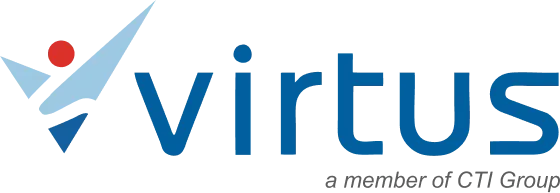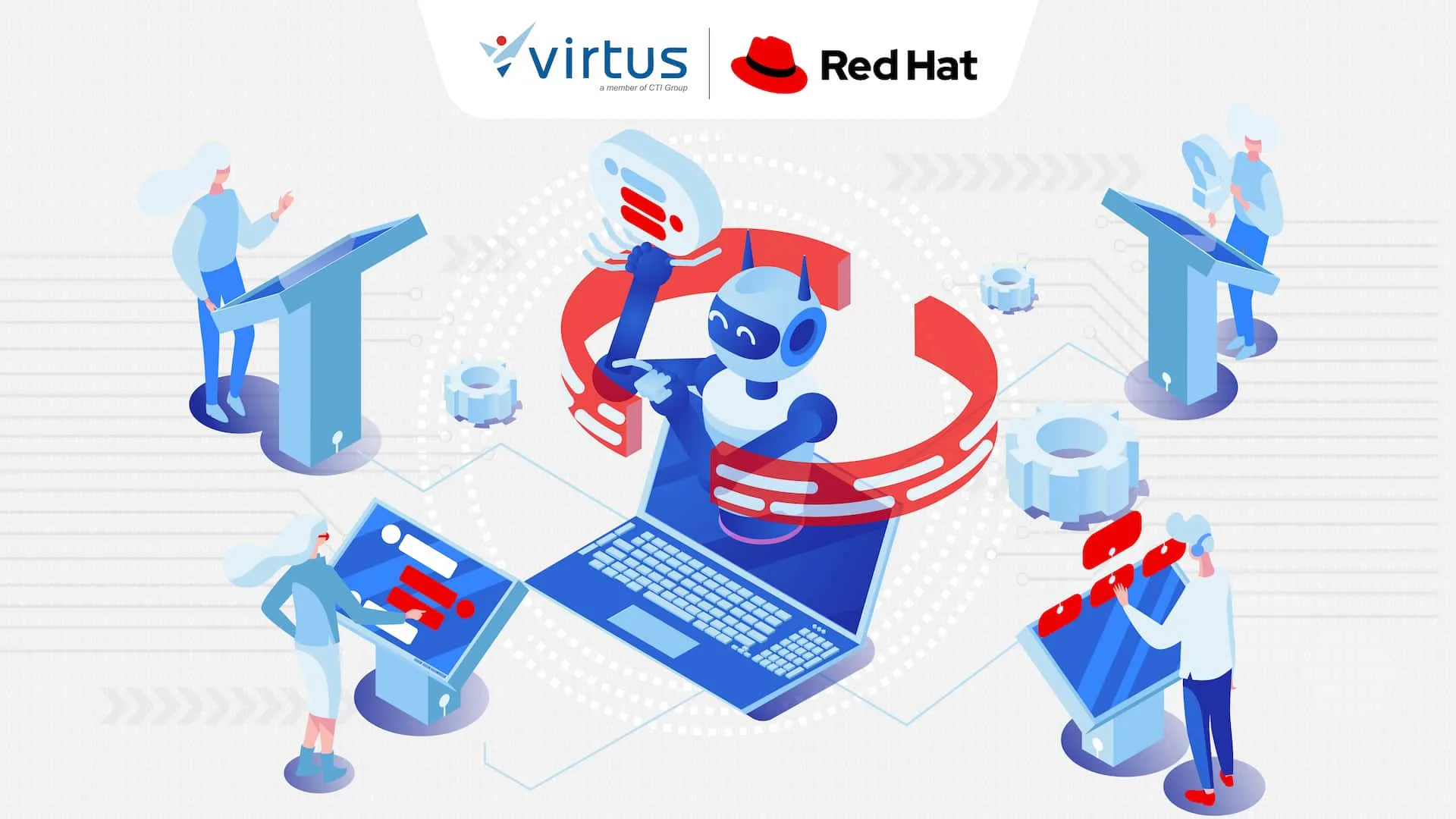Red Hat has officially released Red Hat Enterprise Linux 10 (RHEL 10), the successor to the widely adopted RHEL 9 that has long been trusted by global enterprises. The latest version is designed to meet the challenges of digital transformation, from multi-cloud adoption and AI/ML development to large-scale automation and advanced security against the looming era of quantum computing.
So, what makes RHEL 10 a game-changer and relevant across industries? Let’s dive deeper.
What is Red Hat Enterprise Linux 10 (RHEL 10)?
Red Hat Enterprise Linux 10 (RHEL 10) is the next generation of enterprise Linux designed to address the needs of modern digital transformation. As the successor to RHEL 9, it is not just an upgrade but a strategic platform that combines security, automation, and AI-readiness in one unified ecosystem.
With RHEL 10, organizations can build and run applications seamlessly across data centers, hybrid cloud, and edge environments with improved efficiency and security. The OS emphasizes a security-first approach, ensuring end-to-end protection from the kernel to applications while adhering to global compliance standards.
In addition, RHEL 10 introduces significant improvements in automation through integration with Ansible and next-gen management tools. This allows IT teams to minimize manual tasks, accelerate deployments, and enhance operational consistency.
Key Differences Between RHEL 9 and RHEL 10
| Aspect | RHEL 9 | RHEL 10 |
| Kernel | Linux Kernel 5.14 | Linux Kernel 6.12.0 (optimized for AI/ML and cloud performance) |
| Security | Strengthened SELinux, system-wide crypto policies | Zero-trust ready, updated crypto libraries, enhanced software supply chain security |
| Automation & Management | Ansible integration for basic automation | Smarter automation with AI/ML, real-time observability and monitoring |
| Container Support | Podman, Buildah, Skopeo for container workloads | Container-native, broader support for edge & hybrid cloud environments |
| Performance | Optimized for enterprise workloads | Optimized for AI, big data, cloud-native apps, and edge computing |
| Lifecycle Support | Supported until 2032 | Extended support until 2036 for enterprise-grade reliability |
| Target Use Cases | On-prem & hybrid cloud enterprise workloads | Cloud-native, AI/ML, edge, and modern enterprise workloads |
Red Hat Enterprise Linux 10 (RHEL 10): AI-Ready Across Industries
Red Hat Enterprise Linux 10 (RHEL 10) is more than just an OS—it’s a platform that reshapes how enterprises adopt and scale AI. One of its most powerful capabilities is AI-powered Linux Management, designed to transform daily IT operations.
With Red Hat Enterprise Linux Lightspeed, system administrators can interact with the terminal using natural language—no need to memorize complex commands. Lightspeed provides instant recommendations for configuration and troubleshooting, helping teams work faster, smarter, and with fewer errors.
This approach makes RHEL 10 not only relevant for technology-driven enterprises but also for industries such as finance, government, healthcare, manufacturing, and energy. Any organization looking for a reliable, secure, and efficient OS can leverage RHEL 10 to accelerate innovation.
Features of Red Hat Enterprise Linux 10 (RHEL 10)
- Red Hat Enterprise Linux Lightspeed – AI assistant that provides real-time recommendations for system administration.
- Command Line Assistant – Natural language support to simplify server management through the terminal.
- Image Mode – Container-like approach to manage the OS for consistent builds and deployments.
- Red Hat Insights – Build-time package recommendations and lifecycle roadmap planning.
- Post-Quantum Cryptography (PQC) – Advanced cryptographic algorithms to safeguard data against quantum threats.
Benefits of Red Hat Enterprise Linux 10 (RHEL 10) for Organizations
Ready for the AI Era
Seamlessly supports AI/ML integration within enterprise environments.
Closing the Linux Skills Gap
Empowers junior admins while boosting senior team productivity.
Consistent & Efficient Management
Image-based deployment delivers uniform workflows across DevOps teams.
Future-Proof Security
Quantum-resistant cryptography and confidential computing to secure enterprise assets.
Operational Efficiency
Automation, predictive insights, and faster response to potential issues.
Red Hat Enterprise Linux 10 (RHEL 10) Use Cases
- Multi-Cloud Enterprise – Delivers OS consistency across AWS, Azure, Google Cloud, and on-prem.
- AI/ML Development – Optimized for AI workloads, natively integrated with Red Hat OpenShift.
- Regulated Industries – Meets compliance needs for finance, government, and healthcare sectors.
- Large-Scale Infrastructure – Image-based automation and deployment to scale operations efficiently.
Implementing Red Hat Enterprise Linux 10 (RHEL 10) with Virtus
Red Hat Enterprise Linux 10 (RHEL 10) marks a new era of enterprise operating systems: AI-ready, multi-cloud, and quantum-secure.
As an official Red Hat distributor in Indonesia, Virtus Technology Indonesia (VTI), part of CTI Group, is ready to support enterprises in implementing RHEL 10. From architectural consultation and cloud/AI integration to after-sales support, Virtus ensures your digital transformation journey runs smoothly.
Interested in adopting RHEL 10? Contact Virtus today for the next generation of enterprise Linux solutions.
Author: Ary Adianto
Content Writer CTI Group

